A Rotating Fiddle Yard for Hawtop
Nick Barclay
Whether you are building a layout for use at home, or intending to take it out onto the exhibition circuit, one item you will need to consider is the fiddle yard. That off stage area where you need to store your stock before it appear on the layout and somewhere for it to return to after thrilling the punters. In many cases it is the last thing you think of designing and building, and it can easily turn out to be a bit of a compromise and not really being fit for purpose.
My criteria for a fiddle yard were that it should take up the minimum space required and be able to store the longest train that would operate on the layout. It should be easy to turn trains, without damage, so that they can depart in the right direction. It should and have simple and reliable electrical connections to the rest of the layout. In an ideal world an enormous turntable with a many tracks would probably have fitted the bill, but the amount of space required would have been prohibitive.
Hawtop is a good old GWR branch line terminus, similar to many layouts that have been produced over the years, and it is suitable for today’s limited space homes or garages. With space being at a premium, and to meet my criteria of making the layout portable, I needed to design a fiddle yard that was compact, but operational, in that I could turn my trains without touching them and causing damage.
I had looked at turntable and cassette versions, but I was not entirely happy with either so I came up with a design that incorporated elements of both. Care is still needed in turning the stock, but it is manageable; and more to the point it works.
A fiddle yard baseboard was constructed in the normal way, but with a moveable top shelf attached to the sub-base. This shelf can be rotated through 180 degrees. Lengths of track were fitted to this shelf and connected up. The layout is DCC controlled and the wiring is therefore much easier. The photographs and captions explain all.
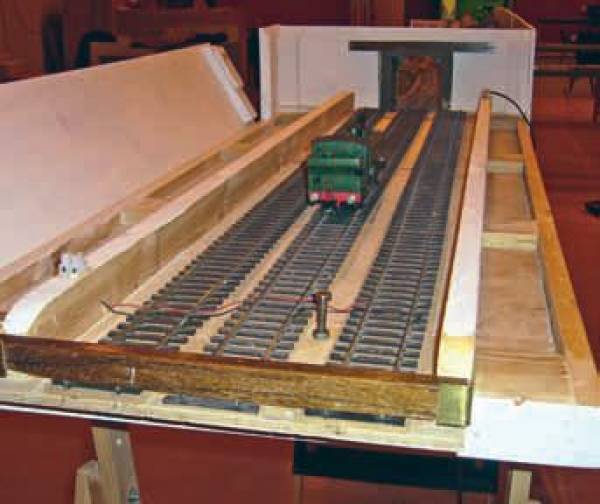 Picture 1. The front of the fiddle yard baseboard was fitted with a hinged flap that could be lowered. There is a simple catch used to keep it in the vertical position. The moveable shelf has three tracks on it.
Picture 1. The front of the fiddle yard baseboard was fitted with a hinged flap that could be lowered. There is a simple catch used to keep it in the vertical position. The moveable shelf has three tracks on it.
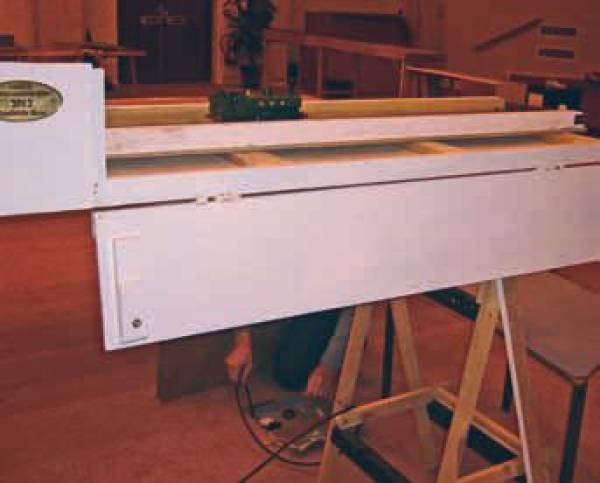 Picture 2. Shows the front flap in the lowered position.
Picture 2. Shows the front flap in the lowered position.
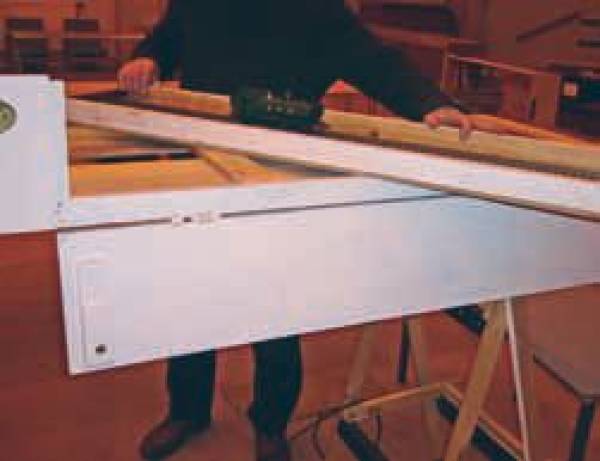 Picture 3. Shows the fiddle yard shelf in the process of
being rotated. Care is needed here so as not to allow the shelf to over-balance because the ends are
unsupported during the movement.
Picture 3. Shows the fiddle yard shelf in the process of
being rotated. Care is needed here so as not to allow the shelf to over-balance because the ends are
unsupported during the movement.
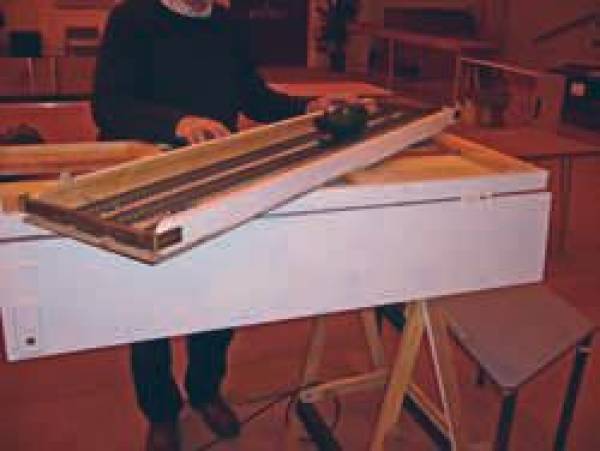 Picture 4. The shelf just about fully rotated.
Picture 4. The shelf just about fully rotated.
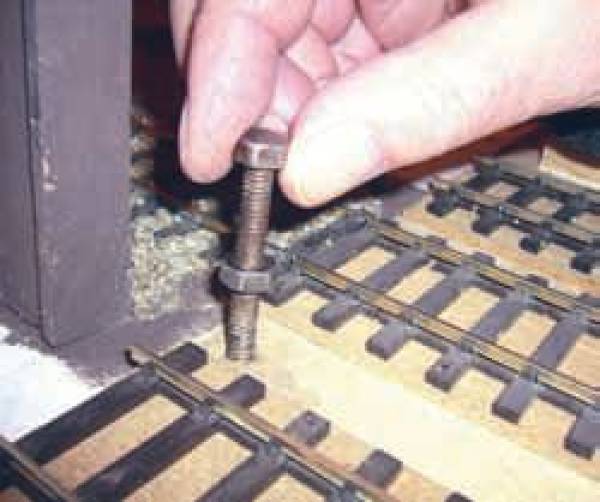 Picture 5. A simple peg made from a bolt is used to
align the tracks with the main baseboard.
Picture 5. A simple peg made from a bolt is used to
align the tracks with the main baseboard.
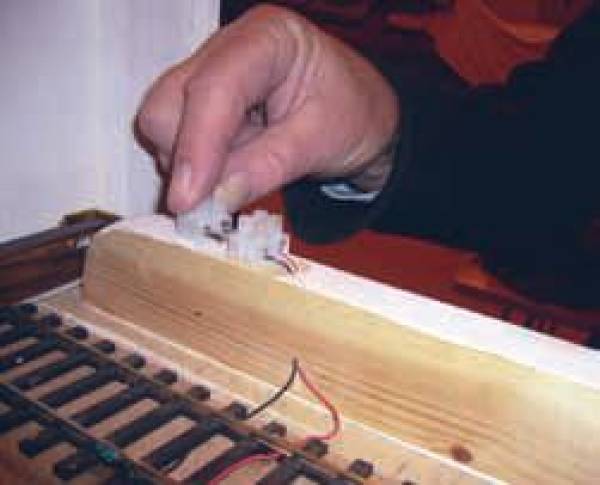 Picture 6. The electrical connection is a simple two pin
plug at each end of the shelf. In the DCC world this powers all three tracks.
Picture 6. The electrical connection is a simple two pin
plug at each end of the shelf. In the DCC world this powers all three tracks.
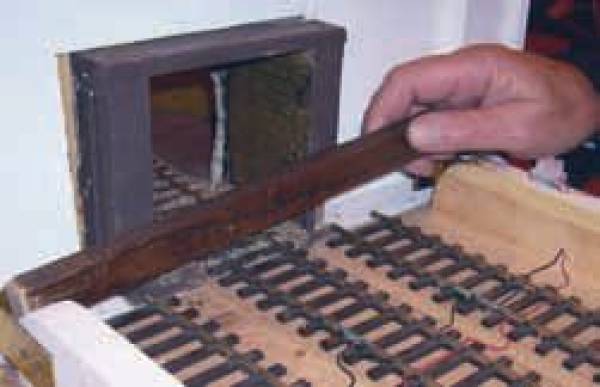 Picture 7. To ensure stock does not roll of the end of
the shelf, a length of hardwood is inserted across each end of the shelf to act as an end stop.
Picture 7. To ensure stock does not roll of the end of
the shelf, a length of hardwood is inserted across each end of the shelf to act as an end stop.
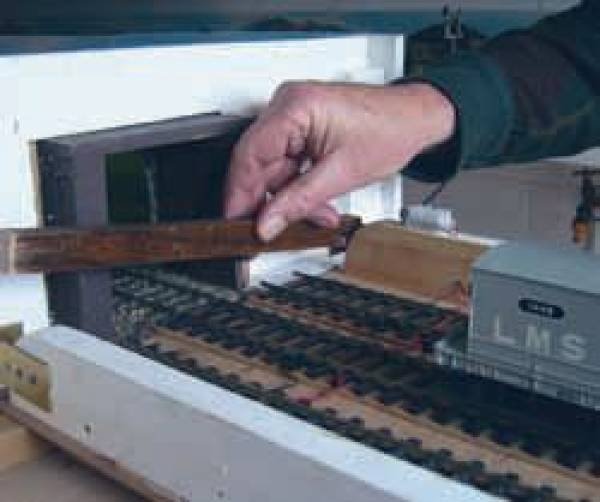 Picture 8. The end stop is asily removed for
operation.
Picture 8. The end stop is asily removed for
operation.





